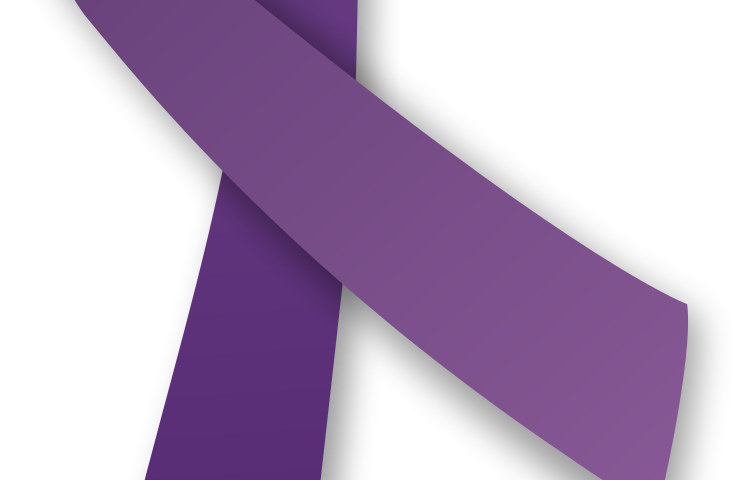Vulvar Cancer
Is your treatment what more than 1,100 Oncologists recommend?
The information provided below is meant to help you understand the role of your vulvar cancer biology treatment decisions, as well as the role of other tools used in determining your ability to receive chemotherapy or targeted therapy (precision medicine).
In 2016, there are 5,950 new cases of vulvar cancer diagnosed in the United States. Vulvar cancer mostly occurs in older women (CA Cancer J Clin 2016; 66(1):7-30). Vulvar cancer affects 2-3 out of 100,000 women. The incidence of vulvar cancer has been rising recently (Gynecol Oncol 2008;109(3):340).
Risk Factors
Smoking, vulvar dystrophy (degeneration of the vulvar tissues), HPV infection, HIV infection, prior history of cervical cancer or history of immunodeficiency syndromes.
Treatment
Three different approaches to treating vulvar cancer are available. They are:
- Surgery: the majority of vulvar cancer is localized in the early stages (I and II) and thus it is mostly managed with surgery
- Radiation
- Chemotherapy with or without targeted therapy (precision medicine) : additional treatment with radiation and chemotherapy will be needed in advanced stages (III and IV)
This website is designed to outline in detail your chemotherapy and/or targeted therapy options and offer you personalized report about the best options to yield optimal survival and quality of life. Multiple factors affect your treatment options including:
- Cancer is recurring (you have had cancer before) or your cancer is a first time diagnosis: The treatment for recurrence is determined by what type of treatment you received for your first diagnosis. Certain chemotherapies can only be given once in your lifetime, so if you have already received one type of chemotherapy with your first cancer, then that chemotherapy will not be recommended for you again.
- Cancer stage at the time of the diagnosis. Your treating physicians will do imaging tests (CT, bone scan or PET/CT) to determine your stage. These are vulvar cancer stages:
- Stage I: tumor involved the vulva only, lymph node is not involved
- Stage II: tumor spreads into the urethra, vagina or anus , lymph node is not involved
- Stage III: tumor spreads into the urethra, vagina or anus, cancer has spread to the lymph nodes
- Stage IV: tumor spreads to bladder, vagina, anus and lymph nodes IVA) or distant parts of body (IVB)
When vulvar cancer has spread to the surrounding lymph nodes, the 5 year survival will decrease from 70-93% to 25-41% (Crit Rev Oncol Hematol 2006; 60:27).
The most common chemotherapy drug is 5-FU. Even though the standard of treatment is outlined, your individual tolerability to each treatment will depend on your overall health, i.e. whether you have other illness (diabetes, heart disease, liver disease, arthritis, or kidney disease). All vulvar cancer treatment plans are recommended based on expertise’s opinions from multiple national guidelines (NCCN, ASCO, ESMO, ASTRO). Your treating physicians will assess these and discuss with you. Another assessment that your treating physicians may use to determine the most appropriate treatment and prognosis is called ECOG performance status as described below:
ECOG PERFORMANCE STATUS
Grade 0: Fully active, able to carry on all activity
Grade 1: Restricted in physically strenuous activity but ambulatory and able to carry out light house work, office work
Grade 2: Ambulatory and capable of all self-care but unable to carry out any work activities
Grade 3: Capable of only limited self-care, confined to bed or chair more than 50% of waking hours
Grade 4: Completely disabled. Cannot carry on any self-care. Totally confined to bed or chair
(Am J Clin Oncol 1982: 5: 649-655)
Finally, chemotherapy and targeted therapies can result in unpleasant side effects such as hair loss, numbness of fingers or toes, cardiac toxicity, nausea, vomiting, diarrhea, abnormal liver function or low white blood cell count that could cause infection, and fatigue. However, advances in the oncology field have led to numerous supportive measures, such as white blood cell growth support (i.e. Neulasta) or anti-nausea medications (such as Zofran), that help to control most side effects when used as prescribed.
The best time to use this service (based on more than 1,100 cancer experts) is after you have learned the details of your cancer and treatment plan from your treating physicians, and would like to clarify and confirm that your treatment is the best option for your cancer. This questionnaire is used mainly for drug treatment in medical oncology.


